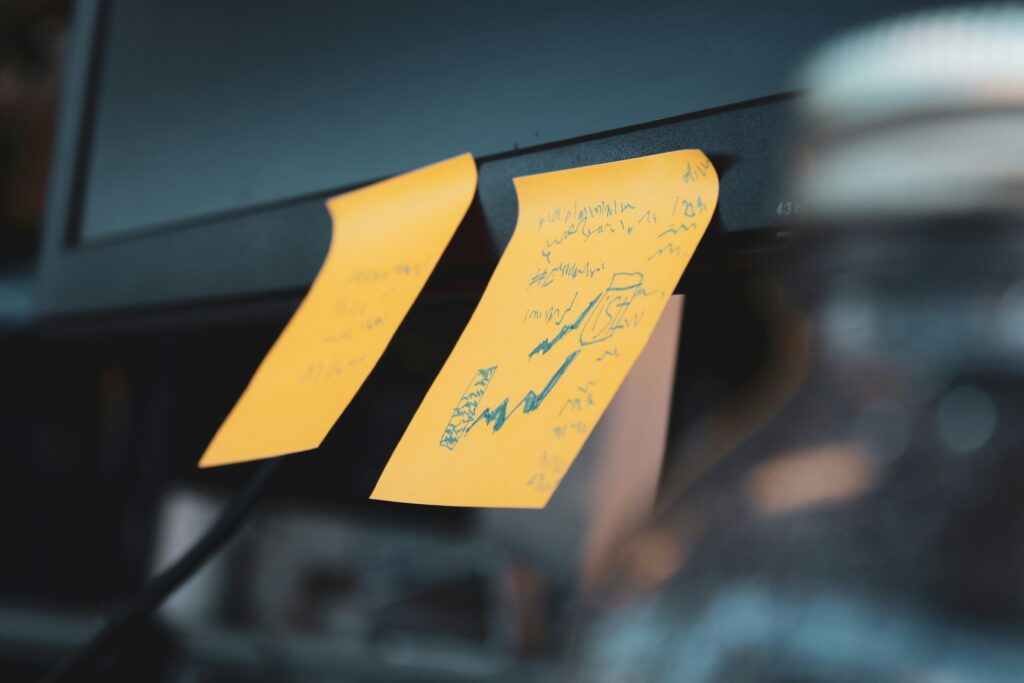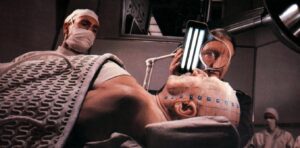
For over three decades, scientists have delved into the workings of the myogenic determination gene number 1 (MYOD) protein, known for its pivotal role in muscle stem cell gene expression. Much like the instant martial arts skills Keanu Reeves acquires in “The Matrix,” MYOD integrates with muscle stem cell DNA, reprogramming cells to develop muscle. However, recent findings reveal a surprising dual function, akin to a superhero’s secret identity.
MYOD not only aids in muscle repair after injuries but also plays a crucial role in addressing minor damage from athletic training or other physical activities. This transcription factor mobilizes nearby muscle stem cells, prompting them to proliferate and transform into muscle cells capable of regenerating damaged fibers. Yet, like Peter Parker’s hidden superhero persona, MYOD harbors a secret: it can also silence genes.
Unveiling MYOD’s Hidden Role
In a study published on August 6, 2025, in Genes and Development, scientists from Sanford Burnham Prebys and international collaborators unveiled MYOD’s dual nature. The research, led by Pier Lorenzo Puri, MD, professor at the Center for Cardiovascular and Muscular Diseases, highlights MYOD’s unexpected role as a gene silencer.
“If you think of a cell like a house, then gene expression can be seen as the furniture that plays a major part in defining its unique identity,” said Puri. “We focus a lot on MYOD’s traditional role of bringing in the new furniture appropriate for a muscle cell, but there is a critical first step of clearing out the old furniture to reset the cell’s identity.”
The team investigated MYOD binding events in human fibroblast cells, simulating the process of reprogramming them into skeletal muscle cells. This experimental setup mirrors the natural reprogramming of muscle stem cells during regeneration, with results validated in a mouse model following muscle trauma.
Challenging Conventional Wisdom
Traditionally, MYOD was believed to bind exclusively to myogenic E-box motifs at genome regulatory elements. However, the study found that while one-third of MYOD’s binding events occurred at these conventional sites, more than half targeted regulatory elements of downregulated genes. These findings challenge the long-held belief that MYOD’s DNA binding is limited to E-box motifs.
Moreover, MYOD’s repressive binding events were associated with genes involved in cell growth, proliferation, and alternative cell lineages. This supports the emerging view of MYOD as a driver of cell reprogramming by erasing previous gene expression patterns.
“We discovered that MYOD has the ability to promiscuously bind the DNA at previously unexpected places,” Puri explained. “These locations were occupied by transcription factors promoting the expression of the cell’s origin lineage genes, so MYOD binds there to erase the previous lineage before turning cells into the myogenic lineage.”
Implications for Regenerative Medicine
Puri and his team see these findings as a chance to broaden current understanding of transcription factors. The study provides evidence that transcriptional activators like MYOD can also act as repressors during cell transdifferentiation or reprogramming.
“Transcription factors are way more versatile than we thought, and this newfound versatility is dictated by where and how they bind to DNA,” said Puri.
This discovery could significantly impact regenerative medicine, which aims to treat medical conditions by transforming one cell type into another. Understanding MYOD’s role in repressing previous gene expression is crucial for advancing these therapies.
“In regenerative medicine, we hope to treat certain medical conditions by turning one cell type into another, one pathological cell into one physiologically normal or even therapeutic cell,” Puri noted. “And now we know that an important task is the repression of the previous lineage’s gene expression furniture.”
Future Research Directions
The research team plans to explore the consequences of incomplete repression of a cell’s prior identity by MYOD. This could shed light on why some athletes’ muscles recover better with age or why some individuals experience early-onset sarcopenia, the age-related muscle mass deterioration.
“It may be that small alterations in MYOD’s silencing role are tolerated by the body but progressively impair muscle function,” said Puri. “Better understanding this concept may have an enormous impact in terms of biomedical applications for regenerative and sports medicine for athletes and sarcopenia patients.”
Puri also highlighted the potential to extend the “honeymoon” period experienced by children with muscular dystrophy, during which their bodies can still regenerate muscle despite the disease. Understanding this phase could lead to regenerative medicine approaches that prolong it.
The study, co-authored by Chiara Nicoletti, PhD, and Jimmy Massenet, PhD, alongside a team of international researchers, was supported by several prestigious institutions, including the National Institutes of Health and the Muscular Dystrophy Association. The findings promise to reshape the landscape of muscle gene regulation and regenerative medicine.







